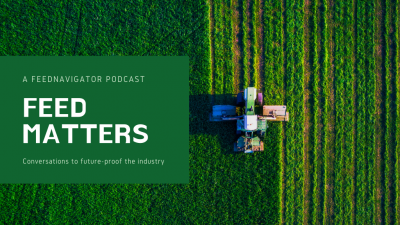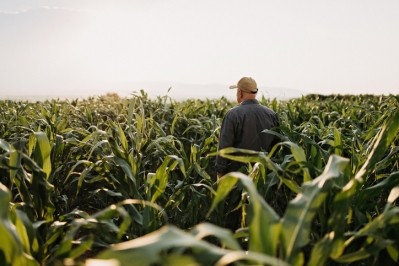DG Agri sees EU wheat and oilseeds production recovering from last year’s low

“This 10% annual increase, after the drop in 2020-21, should ease the EU market by providing larger availabilities although rapeseed supply would remain tight due to low beginning stocks.”
The report also pegs total 2021-22 EU cereal production at 292.2m tons, a 5.1% increase year-on-year due to the recovery of EU wheat production estimated at 132m tons.
While there are some concerns regarding quality, this good harvest could provide enough supply of wheat for feed use, said the authors.
“However, high cereals prices together with favorable conditions for pasture in the EU are expected to keep the use of cereals for feed stable at 162.2m tons.”
Commodity price hikes
Multiple factors, chief among them the recovery of the EU, US, and Chinese economies, contributed to the current commodity prices surge, according to DG Agri.
And it cautioned that inflationary pressure is becoming stronger, with energy, raw materials, fertilizers and, most strikingly, freight prices seeing sharp increases in the first half of 2021. “While the ECB remains optimistic on that front, market developments in these sectors should be monitored closely.”
It highlighted though the likely benefits of a successful COVID-19 vaccination campaign in the EU, which it noted has reached a plateau, with 73.4% of adults being fully vaccinated:
“Containment measures are easing and savings allow for a rebound in demand. As illustrated by the first half of 2021, recovery prospects are good, with the real GDP of the euro area expected to be 4.8% above its 2019 level in 2023.”
Meat production
In terms of the EU beef, poultry and dairy sectors, prices are “relatively good”, but the authors said margins risk being squeezed by rising feed and input costs.
“Extensive dairy and beef farms should benefit from the ample availability of grass this year. The pig meat sector is in a more challenging situation, confronted with falling prices resulting from increased production, limited domestic demand and reduced export opportunities in China and higher costs.”
EU beef production is expected to decrease moderately in 2021, mainly due to a reduction of cow herd in the beef and dairy sector, combined with lower demand from food service. “Exports to high-value markets, such as Japan, Norway and Hong-Kong, are increasing, while exports to the UK show a notable decline due to trade frictions.”
The report found that current oversupply in the EU pork market is driving a decrease in price amid high feed costs.
“However, that situation is expected to fade away by the end of 2021, as the production increase should slow down. Export increases to several destinations are expected to continue to compensate for the reduction of exports to the UK.“
Meanwhile, the outlook sees lasting effects of Avian Influenza (AI), reduced foodservice demand and high feed costs as hindering EU poultry production, which it estimated is expected to decrease by about 1% in 2021.
Trade
As expected on the trade side, demand from the US and China - the second and third destinations for EU agri-food products - steered EU exports, especially in dairy, pig meat and olive oil segments, as per the DG Agri publication.
“The recovery of bilateral trade with the UK, the EU’s primary export destination, is also confirmed, despite some remaining frictions and uncertainties regarding future border controls.”












